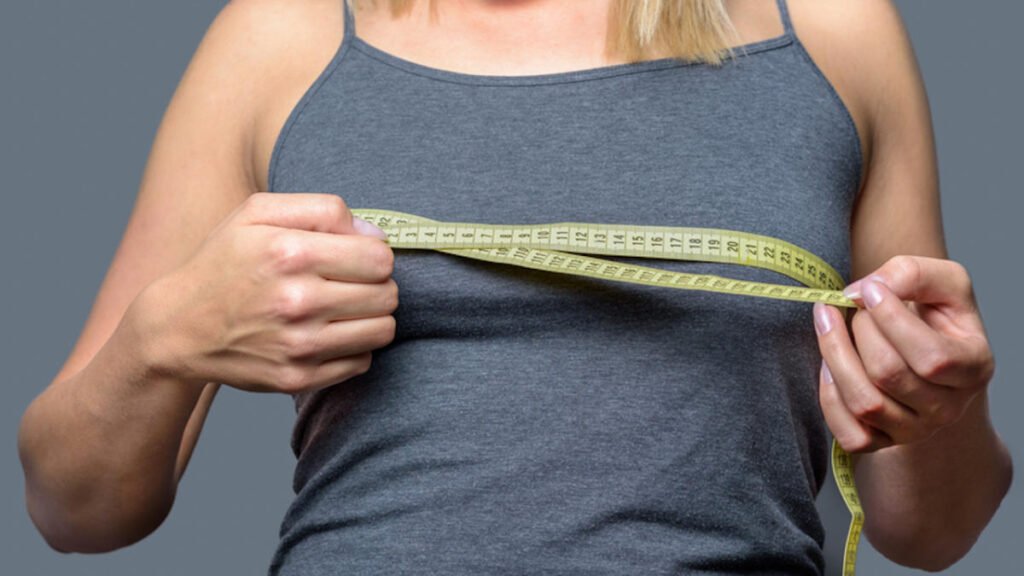Culturally, throughout history and across different societies, larger breasts have often been associated with fertility, femininity, and maternal nurturing abilities. For some, achieving a fuller bust can align with societal beauty standards or cultural norms by offering a sense of attractiveness and desirability. Motivations may vary widely but ultimately, the decision to increase breast size represents a choice for women to feel more comfortable and empowered in their own skin. This article explores why breast augmentation is popular, the benefits it offers, what happens during the procedure, and the essential aftercare steps.
The popularity of breast augmentation can be attributed to several factors. Firstly, many women seek breast augmentation to improve their body proportions and achieve a more balanced figure. This can significantly enhance their confidence and self-esteem. Changes due to pregnancy, breastfeeding, or aging can affect breast volume and firmness and breast augmentation helps restore a youthful appearance.
In addition, for women who have undergone mastectomies or other breast surgeries, breast augmentation can play a crucial role in reconstructive surgery. Individuals undergoing gender transition (male-to-female or male-to-nonbinary) may also opt for breast augmentation as part of their gender affirmation process.
Benefits of breast augmentation
Breast augmentation offers certain benefits:
- Increased self-confidence: Many women report higher levels of self-confidence and happiness following breast enhancement procedures.
- Improved body image: Aesthetic improvements can lead to a more positive body image and greater satisfaction with one’s appearance.
- Versatility: The procedure can be customized to meet individual needs and preferences, whether it’s enhancing breast size, correcting asymmetry, or reconstructing breasts after surgery.
Types of breast augmentation procedures
Breast augmentation, also known as augmentation mammoplasty, is a surgical procedure to enhance the size, shape, and fullness of the breasts. There are several types of breast augmentation procedures, each tailored to meet the individual needs and preferences of the patient. The primary methods include:
Breast implant augmentation
- Silicone implants: These implants are filled with silicone gel and are known for their natural feel. They are pre-filled before insertion.
- Saline implants: These are filled with sterile salt water after being inserted into the breast pocket. They are less natural-feeling compared to silicone but allow for smaller incisions since they are filled after placement.
Fat transfer breast augmentation
Fat transfer involves liposuction to remove fat from other parts of the body (such as the thighs or abdomen) and injecting it into the breasts. This technique is less invasive and provides a more natural look and feel but may not achieve as significant an increase in breast size as implants.
Surgical techniques involved in breast augmentation
The surgical approach for inserting breast implants can vary. It is known as inframammary incision when the crease is made under the breast. When the incision is created around the nipple, it is a periareolar incision. The third type is transaxillary incision and it a technique that involves creating an incision in the armpit.
There are two types of implant placement, too. When the implant is placed directly behind the breast tissue, it is known as subgladular placement. On the other hand, when the implant is placed under the pectoral muscle, it is called submuscular placement.
Saline versus silicone: which is better?
The choice between silicone and saline breast implants hinges on various factors, each offering distinct advantages. Silicone implants are favored for their natural look and feel, closely resembling the texture of natural breast tissue and exhibiting less rippling, which is beneficial for women with thinner breast tissue. They are durable, less prone to rupture, and typically last longer than saline implants. However, silicone implants come pre-filled and require a slightly larger incision for insertion. On the other hand, saline implants are filled with sterile saltwater after placement, allowing for adjustments in size and symmetry during surgery. They generally result in smaller scars due to their empty insertion method and are perceived to have a firmer feel compared to silicone implants. Saline implants also offer the advantage of easier rupture detection, as any leakage is visibly noticeable with a noticeable deflation.
Ultimately, the choice between silicone and saline implants depends on personal preferences regarding feel, appearance, surgical considerations, and how one prioritizes adjustability versus natural texture and longevity. Consulting with a qualified plastic surgeon is an absolute must to determine which type best aligns with individual goals and anatomy for achieving the desired aesthetic outcome.
Cost of breast augmentation in Singapore
In Singapore, there are several factors that affect the cost of the procedure. These include the surgeon’s expertise, the type of implant used, the surgery facility, and additional services required such as anesthesia and post-operative care. On average, the cost can range from SGD 10,000 to SGD 20,000 or more.
The type of implants chosen has a significant impact on the overall cost. Silicone implants, which are preferred by many patients due to their natural appearance, tend to be more expensive than saline implants. The surgical technique employed, such as whether the procedure involves breast implants or fat transfer also affects the cost.
Additionally, the experience and reputation of the plastic surgeon performing the procedure play an important role in pricing. Highly experienced surgeons with a track record of successful breast augmentation procedures may charge higher fees. Moreover, the location and prestige of the surgical facility where the procedure is done can influence costs as well.
What happens before, during, and after the procedure
Breast augmentation is typically performed under general anesthesia. The surgeon makes an incision in one of several possible locations (inframammary, periareolar, or transaxillary) based on the patient’s anatomy and desired outcome. Afterwards, the implants (silicone or saline) are inserted either under the pectoral muscle or directly behind the breast tissue. Lastly, the incisions are closed with sutures, skin adhesive, or surgical tape.
After the surgery, patients are moved to a recovery room where they are monitored as they wake up from anesthesia. Patients usually feel less sore and sleepy after a few hours. They can go home but need someone to drive or accompany them.
The first three to five days are the most uncomfortable, with most patients experiencing significant soreness and swelling. Pain medication is usually prescribed to manage discomfort. One month post-surgery, patients can gradually return to light daily activities. However, they should avoid heavy lifting and strenuous activities.
Tips for a smooth recovery
To ensure a smooth recovery, consider the following tips:
- Prepare your home: Have a comfortable and quiet space set up for resting. Stock your kitchen with easy-to-prepare foods and plenty of water.
- Wear loose clothing: Loose-fitting, breathable clothes can help you feel more comfortable during recovery.
- Get assistance: Arrange for a friend or family member to help with household chores and childcare during the first few days post-surgery.
- Follow medical advice: Adhere strictly to the surgeon’s instructions regarding medication, incision care, and activity restrictions.
Dr. Andrew Cheah MBChB (UK), MRCS (UK), MMed (Surgery), FAMS (Plastic Surgery)
Artisan Aesthetic & Plastic Surgery
290 Orchard Road #07-11
Paragon Medical Suites
Phone (65) 8129 7887



